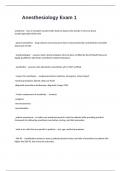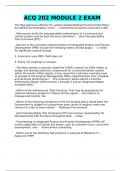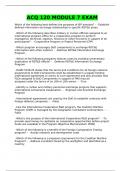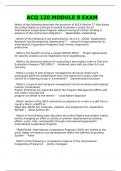Examen
Anesthesiology Exam 1
- Cours
- Établissement
Anesthesiology Exam 1 anesthesia - loss of sensation to part/entire body to depress the activity of nervous tissue locally/regionally/within CNS general anesthesia - drug induced unconsciousness that is characterized by controlled but reversible depression of CNS anesthesiologist -...
[Montrer plus]












